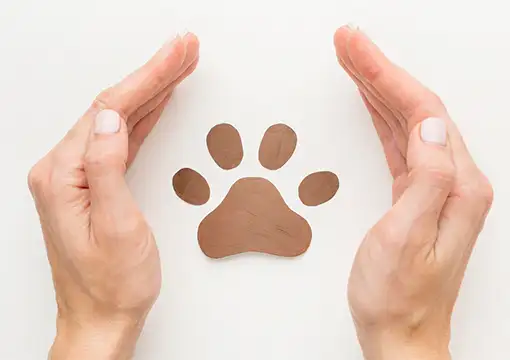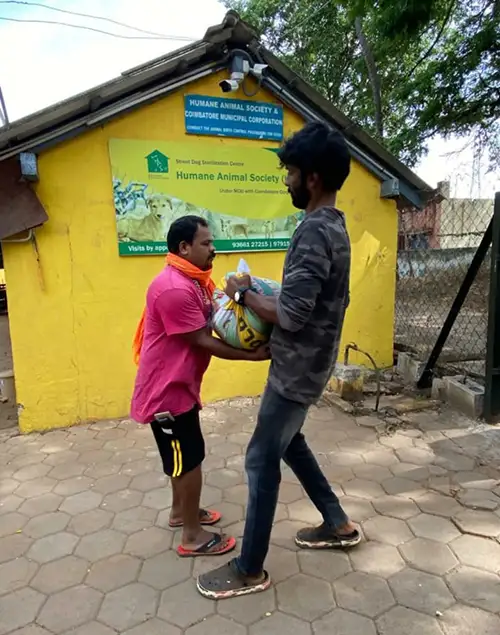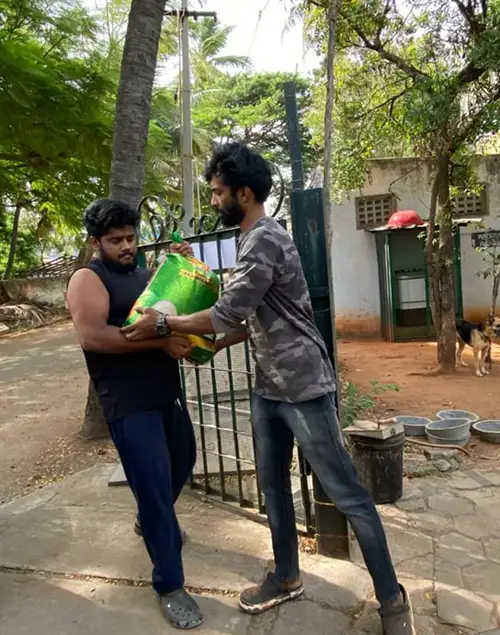Animals Welfare
- Abolish factory farms, support high-welfare family farms, and achieve humane slaughter for animals raised for food;
- Improve the housing and handling of animals in research, and encourage the development and implementation of alternatives to experimentation on live animals;
- End the use of steel-jaw leghold traps and reform other brutal methods of capturing and killing wildlife;
- Preserve species threatened with extinction, and protect wildlife from harmful exploitation and destruction of critical habitat;
- Protect companion animals from cruelty and violence, including appalling conditions in commercial trade; and
- Prevent injury and death of animals caused by harsh transport conditions.

In developing countries, the focus of animal protection organisations in the context of domesticated animals is primarily on controlling community and stray dog populations. “Pet” dogs are uncommon in developing countries. Instead, most of the dog population consists of community dogs that are loosely associated with different households or stray scavenger dogs. For example, in a Mexican village, Miacatlan, 85% of houses are used as a “home base” by community and stray dogs. The high incidence of these dog populations presents a risk in the spread of zoonotic diseases, largely rabies, so animal protection organisations work to develop population control programmes.
Some programmes involve opportunistically poisoning large numbers of dogs on a periodical basis. This method is not generally successful as dogs respond to their interim population demise by increasing their breeding frequency and having larger litters. It is estimated that an extremely large number of the population (over 70%) must be killed to obtain a significant reduction in dog numbers.
Other population control programmes implement the “trap, neuter, vaccinate and release” method. This method has been applied in some developing countries and has successfully reduced community/stray dog numbers, increased the health of the general dog population and improved human attitudes towards dogs.
Provided 175kg rice to HUMAN ANIMAL SOCIETY


